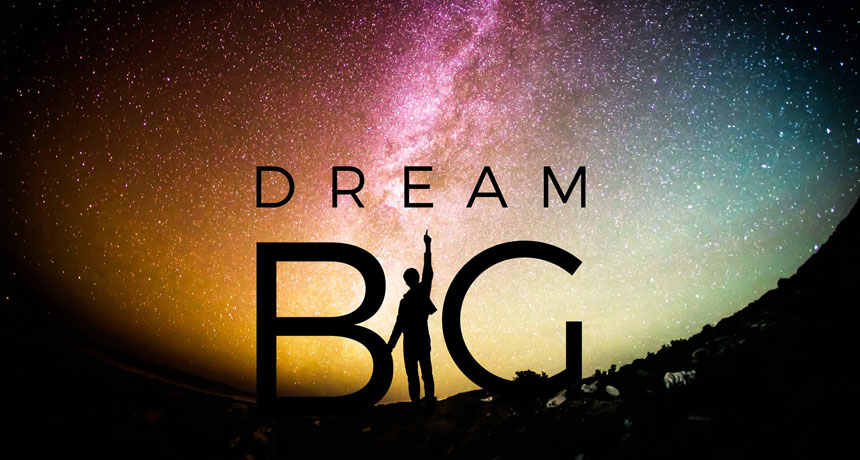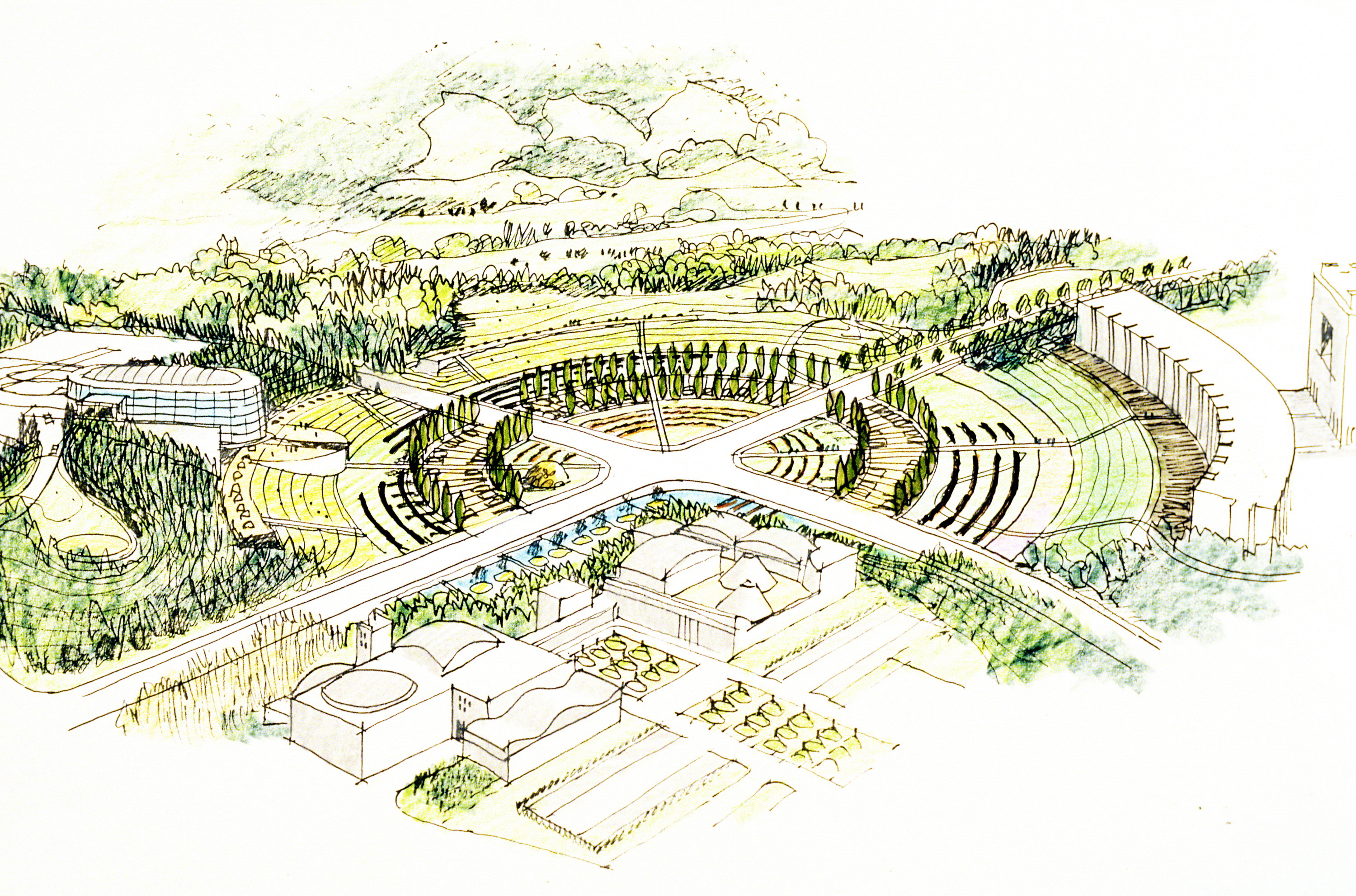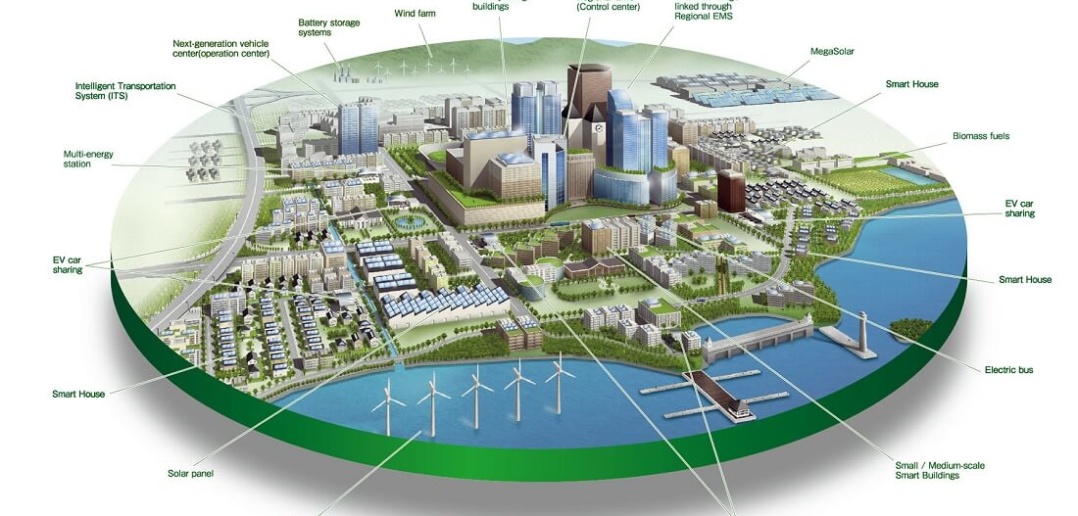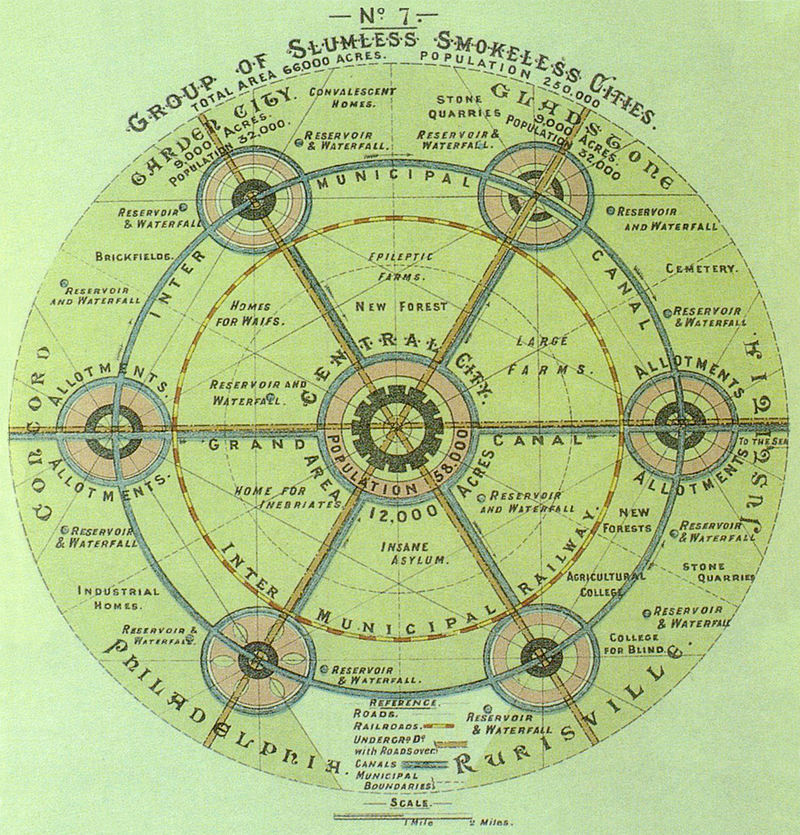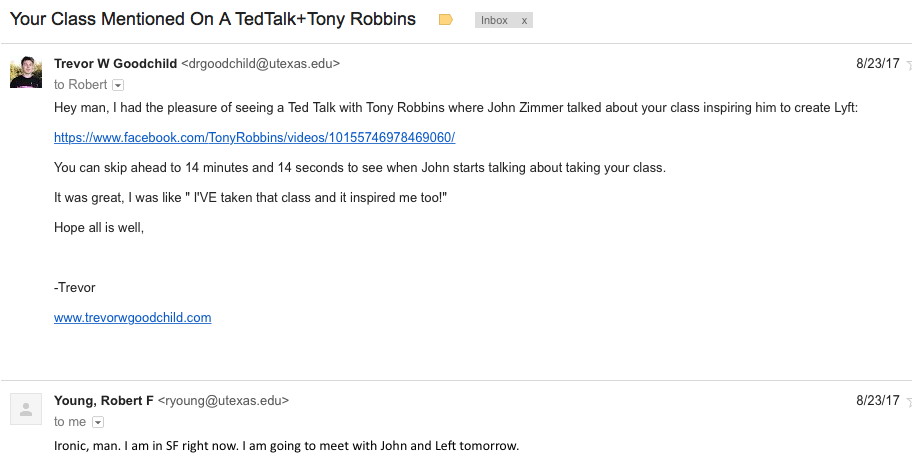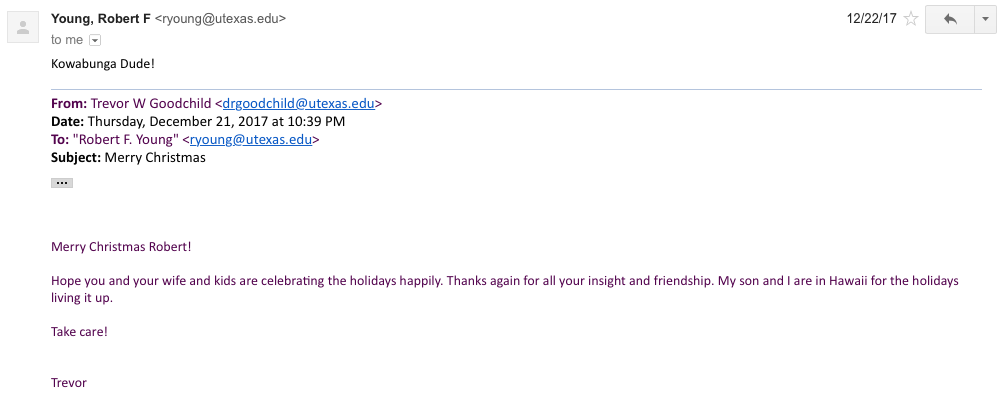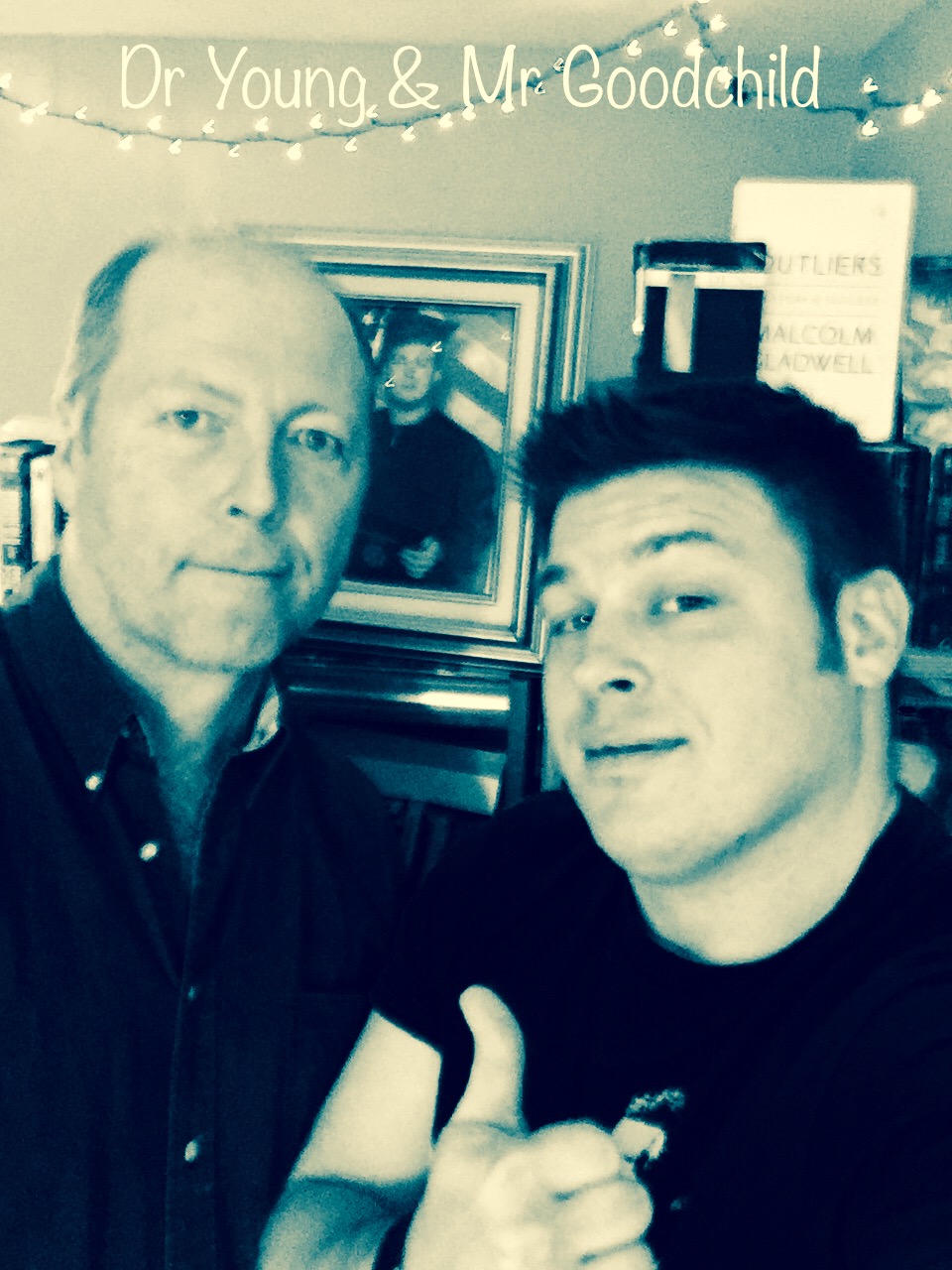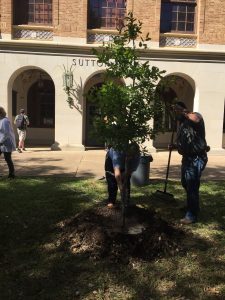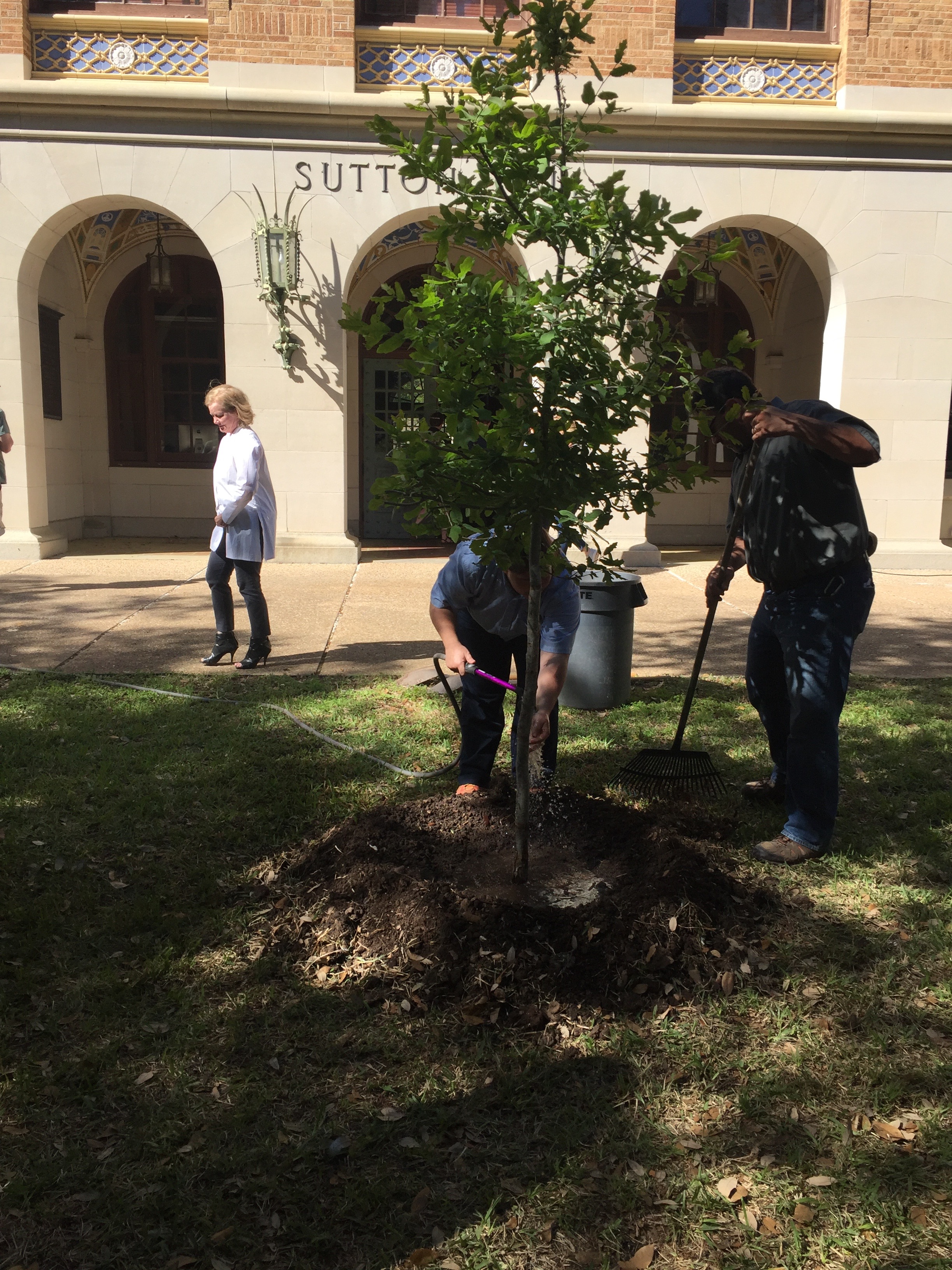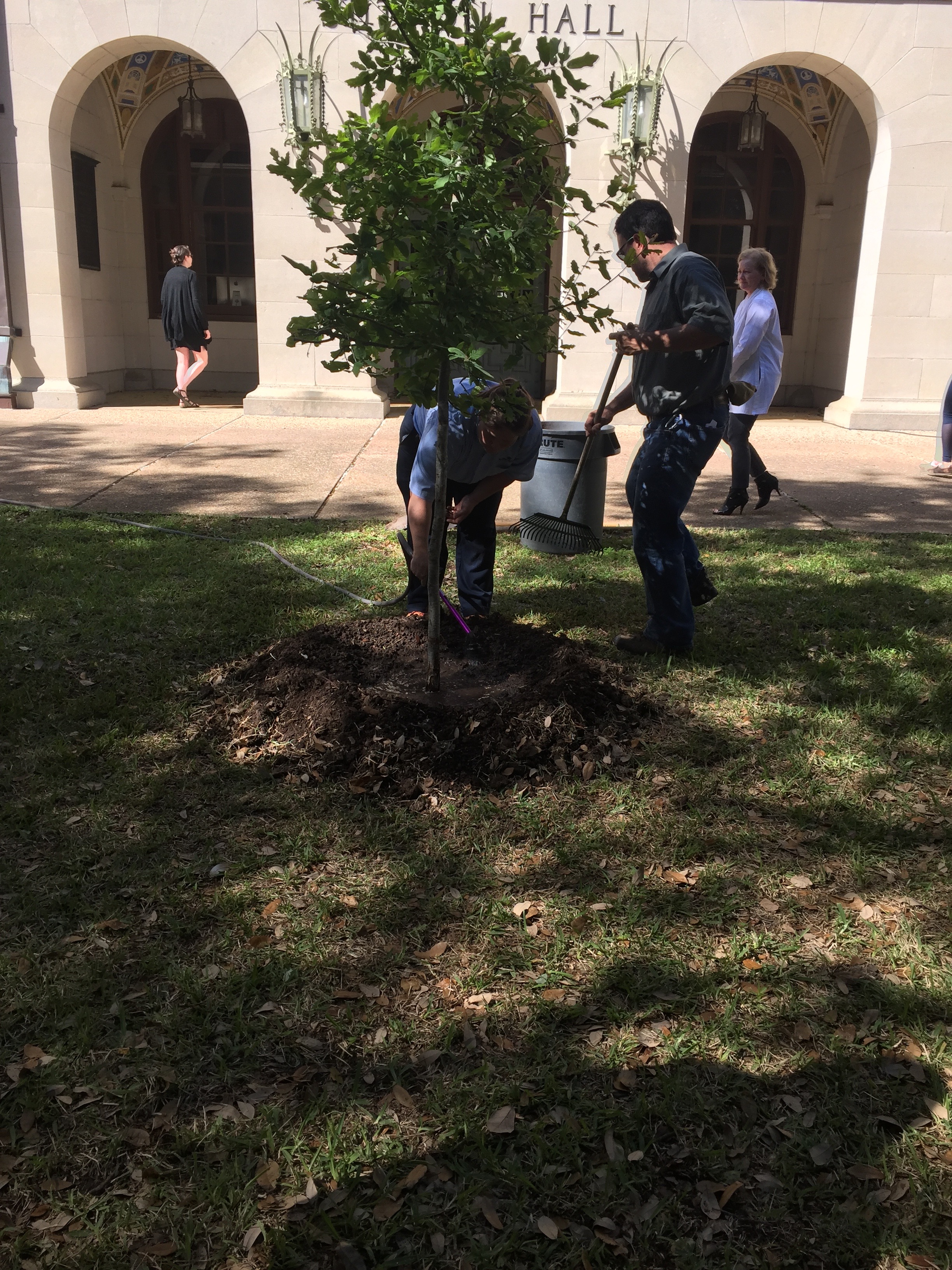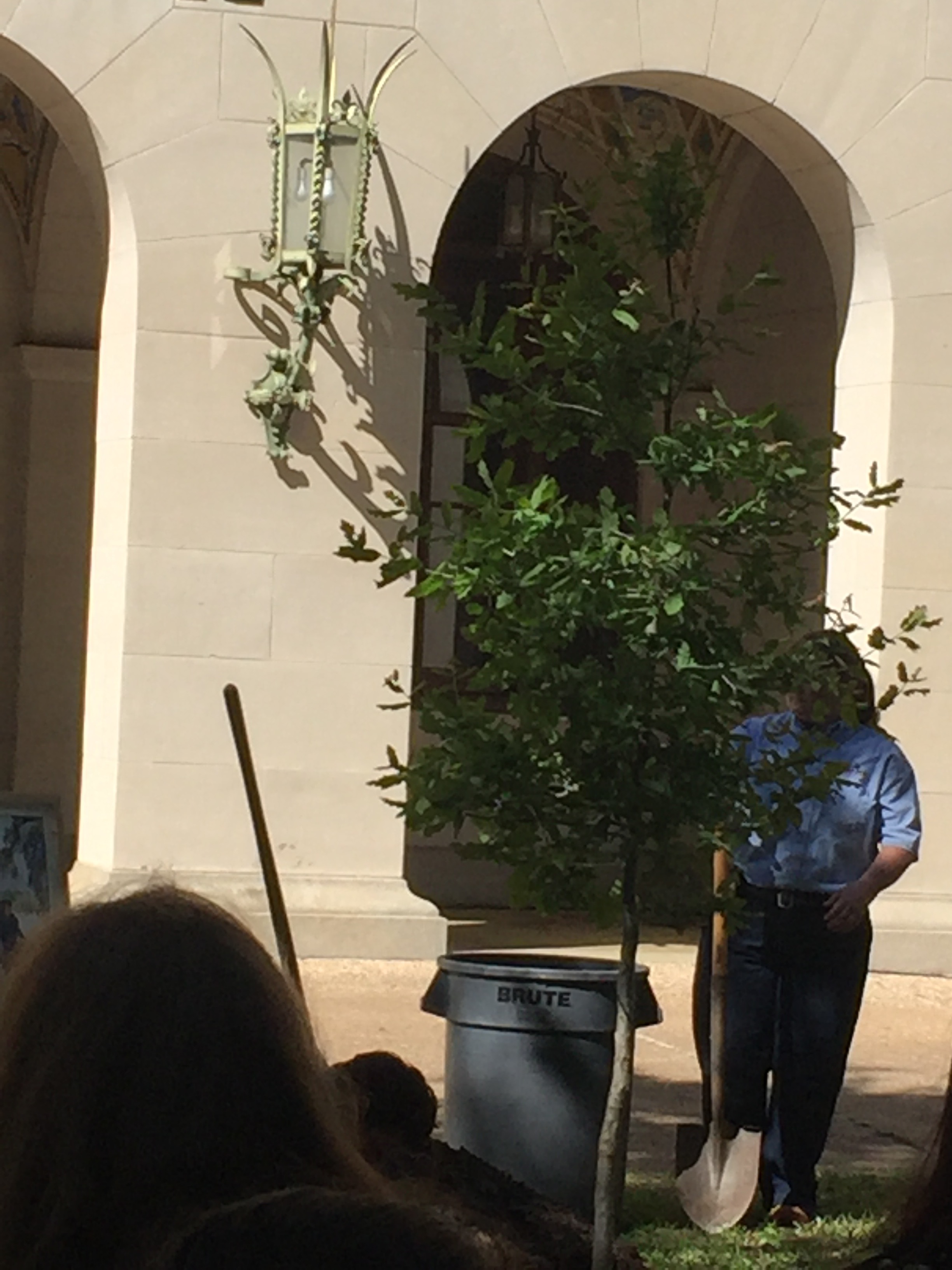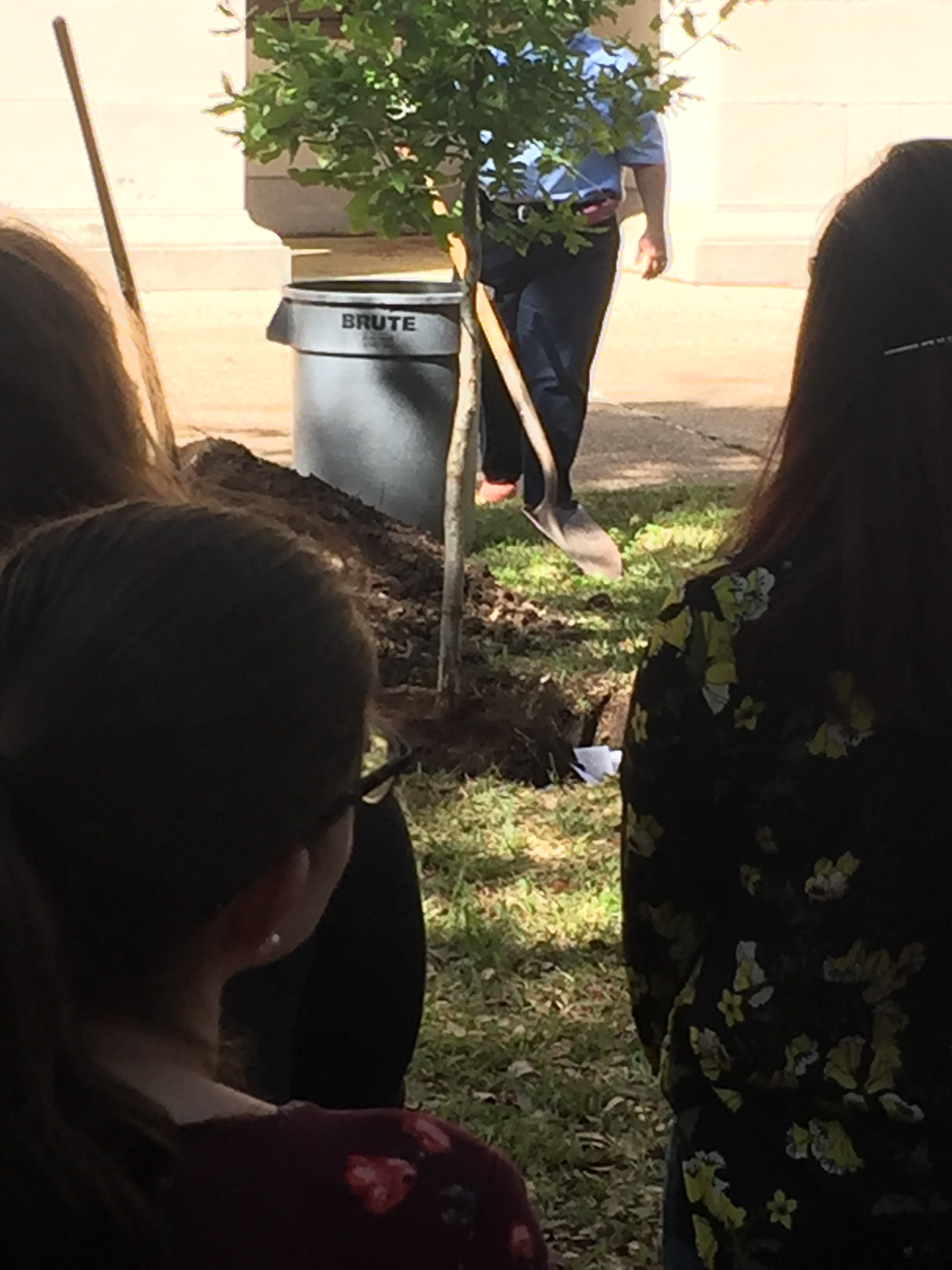The value of exploring new things can change your life. Every university likes to talk about academic "excellence" with hundreds of pages in the course catalogue of course subjects. The attitude seems to be that you can choose anything you want, as long as you do it well.
What's the end result of this?
Many students end up staggering under the burden of student loan debts (spoiler alert I'm in it for $90,000 for just my bachelors). The student body becomes unknowing subscribers and executors of "Peter's theory," that purports a theme of getting just good enough not to suck at your role in a company, then getting promoted as soon as you start doing well. (Leaving a chain of events where everyone is always partially sucking at their jobs).
The college mindset is often (tho of course it depends on the school, and your professors),
--from an academic advisor standpoint--
"It doesn't matter what you do. Just graduate, and that piece of paper will get you set for life."
Yet Bill Gates dropped out of Harvard to become a millionaire starting Microsoft. Steve Jobs dropped out of Reed College to found Apple Computer that is so part of our lives today.
What can we conclude from this? Baby Boomers often feel a sort of intangible optimism due to the rapid technological advances for the 18 years following the 1950s that seemed to infer things were always going to get better regardless of if you made plans, because success is based on luck. Which is incorrect.
Success is based on strategic planning and including within these plans, projecting for the future.
Millennials looking back to Baby Boomers often also ascribe success to a series of fortunate circumstances, family, money, private schools, who you know etc. Yet, there is a lot more to achieving goals than just opportunity. Plenty of other people had chances to capitalize on a market gap their company could solve but failed to innovate, clinging to old designs instead of evolving to meet the changes in public preference and society (Blockbuster, Kodak etc).
The worth of a product today, has to be adjusted for the devaluation of the dollar, and increased cost of living that continues to rise every year to some degree. And projected technological advances. Automation right now is big and will continue to grow, voice command software, eCommerce, all these are going to grow and evolve rapidly in the coming years as an example.
It definitely does matter what you do. Focusing on what you are already good at, and developing this into a master skill set is a good start. But hard work and dedication aren't enough. You need to look ahead, research trends in your industry, and determine if it will be valuable in the future.
You know the difference between people who have big dreams, but end up working at service-level jobs, and not making a lot of money and those who end up in Hollywood, on the cover of Forbes, or at least, making great money in either a phenomenal career or as a business owner?
Masive Action.
Consistency.
Research.
Mentors.
Massive Action.
It takes actions to make things happen, not endless convos about what life would be like if you got a big break. It is not luck that changes your destiny - it's mindset combined with taking specific actions on a daily basis to move the needle.
All the energy from making plans sipping jo at the coffee shop with friends, should be transferred into taking action. Being strategic, and prioritizing your dreams over drinking with friends, Netflix, socializing, video games on your phone, family drama, habits and hobbies, none of that excuse my french means shit if you can't 10X your income and lifestyle improvements as a result of:
- Taking action
- Guidance from mentors already successful in your field
- Do Research - in-depth, results-based research not a blogger's opinion of success
And this requires a real sincere dedication to breaking down the steps in between you and your goal, as well as determining, specifically, how to overcome obstacles in achieving those microsteps to the bigger goals.
Sometimes you are your own obstacle.
Sometimes you need to remind yourself why you give a damn in the first place.
For me, it's family. I care about my family, and have unique gifts that will enable me to do a lot more with my life, and income earning potential than many of my fellow UT Alumni who subscribe to the "participation-award" ideology. I work hard to help friends of mine who are broke without exit plans.
But I don't work hard at just achieving mediocracy. I work hard at doing the impossible. The impossible is only impossible if you don't believe it's possible. So believe in your dreams as possible. They said we'd never put a man on the moon. The telephone was laughed at by early investors as impossible. Yet - it became possible because at least one person believed it was possible.
Be that person for your own dreams.
You need your own buy in. Give yourself permission to win.
To defeat your own demons you have to recognize your life is worth fighting for.
To defeat your own demons you have to recognize your life is worth fighting for.
And it is, you are worth it, you've gotten this far haven't you?
So don't sell yourself short by accepting less than what you deserve. Dream bigger, work harder, BUT be strategic on specific outcomes from your actions. Hard work isn't going to accomplish much if you're only working to maintain. This energy needs to be directed towards something with much faster scalability. Seriously, figure out your Why and use it to motivate yourself to do the work necessary, inner work and outside, to live a better life.
You got this.
